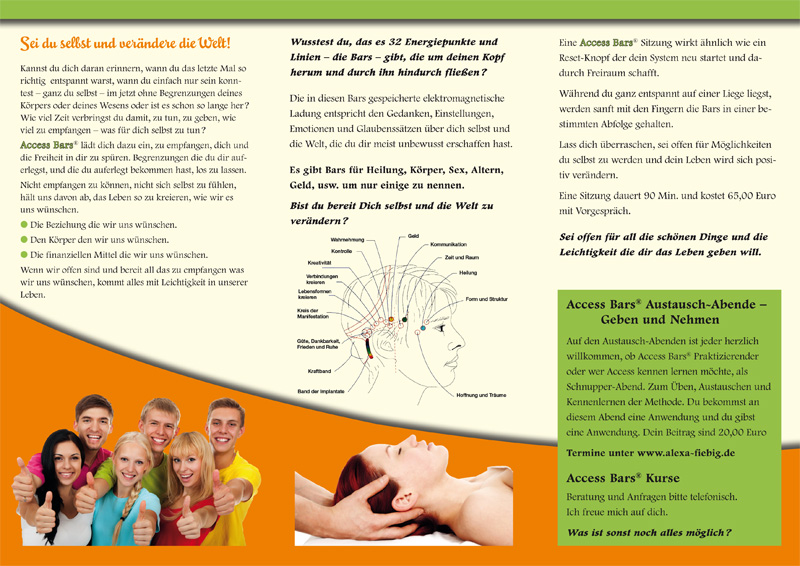

There are points for healing, body, control, awareness, creativity, power, ageing, sex and money. It allows more ease and flow clearing limiting beliefs that create blockages to receiving your desires.Īccess Bars® is a touch therapy directed at 32 points on the head. The Department’s guidance documents, including this guidance, do not establish legally enforceable responsibilities beyond what is required by the terms of the applicable statutes, regulations, or binding judicial precedent.ĭuplication of this document is encouraged.Access Bars® Therapy can be used to change all areas of your life. This guidance document is not intended to be a final agency action, has no legally binding effect, and may be rescinded or modified in the Department’s complete discretion, in accordance with applicable laws. This document provides informal guidance to assist you in understanding the ADA and the Department’s regulations. The Americans with Disabilities Act authorizes the Department of Justice (the Department) to provide technical assistance to individuals and entities that have rights or responsibilities under the Act.

Calls are confidential.įor people with disabilities, this publication is available in alternate formats. (Eastern Time) to speak with an ADA Specialist. Resourcesįor more information about the ADA, please visit ADA.gov or call our toll-free number. Department of Transportation, Aviation Consumer Protection Division, at 20. For information or to file a complaint, contact the U.S. The Air Carrier Access Act is the Federal law that protects the rights of people with disabilities in air travel. However, if a dog barks just once, or barks because someone has provoked it, this would not mean that the dog is out of control.Ī. Under control also means that a service animal should not be allowed to bark repeatedly in a lecture hall, theater, library, or other quiet place. The dog must be off leash to do its job, but may be leashed at other times. Or, a returning veteran who has PTSD and has great difficulty entering unfamiliar spaces may have a dog that is trained to enter a space, check to see that no threats are there, and come back and signal that it is safe to enter. She may not allow the dog to wander away from her and must maintain control of the dog, even if it is retrieving an item at a distance from her. For example, a person who uses a wheelchair may use a long, retractable leash to allow her service animal to pick up or retrieve items.

In that case, the person must use voice, signal, or other effective means to maintain control of the animal.

The service animal must be harnessed, leashed, or tethered while in public places unless these devices interfere with the service animal’s work or the person’s disability prevents use of these devices. In the school (K-12) context and in similar settings, the school or similar entity may need to provide some assistance to enable a particular student to handle his or her service animal. In most instances, the handler will be the individual with a disability or a third party who accompanies the individual with a disability. The ADA requires that service animals be under the control of the handler at all times.


 0 kommentar(er)
0 kommentar(er)
